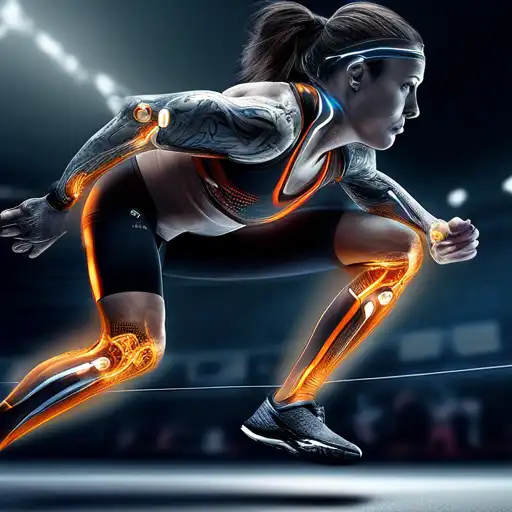Introduction to Wearable Technology in Sports
In the realm of competitive sports and personal fitness, wearable technology has emerged as a game-changer. These innovative devices are designed to monitor, analyze, and enhance athletic performance, offering insights that were once beyond reach. From tracking heart rate to measuring sleep quality, wearable tech provides athletes with the data needed to push their limits.
Key Features of Wearable Tech for Athletes
Modern wearable devices come packed with features tailored for athletes. Here are some of the most impactful:
- Heart Rate Monitoring: Essential for optimizing training intensity and recovery.
- GPS Tracking: Allows athletes to track their routes, distance, and speed with precision.
- Sleep Analysis: Quality sleep is crucial for recovery, and wearable tech helps monitor it.
- Activity Tracking: Keeps a log of daily activities, encouraging a more active lifestyle.
Benefits of Integrating Wearable Tech into Training
The integration of wearable technology into athletic training offers numerous benefits. It enables personalized training programs based on real-time data, reduces the risk of injury by monitoring overexertion, and enhances performance by providing actionable insights. Moreover, it fosters a deeper understanding of one's body and its responses to different training regimes.
Top Wearable Tech Devices for Athletes in 2023
With the market flooded with options, here are some of the top wearable tech devices that stand out for their advanced features and reliability:
- Smartwatches: Devices like the Apple Watch and Garmin Forerunner series offer comprehensive tracking features.
- Fitness Bands: Brands like Fitbit and Xiaomi provide affordable yet effective tracking solutions.
- Smart Clothing: Embedded with sensors, these garments offer unobtrusive monitoring of biometric data.
- GPS Sports Watches: Ideal for runners and cyclists, offering detailed metrics on performance.
How Wearable Tech is Shaping the Future of Sports
The future of sports is being reshaped by wearable technology, with advancements aimed at providing even more detailed analytics and personalized feedback. Innovations like AI-powered coaching and real-time biomechanical analysis are on the horizon, promising to take athletic performance to unprecedented levels.
Conclusion
Wearable technology for athletes is not just about tracking; it's about transforming data into performance enhancement. As these devices continue to evolve, they will play an increasingly vital role in helping athletes achieve their peak performance. Embracing this technology can be the difference between good and great in the competitive world of sports.
